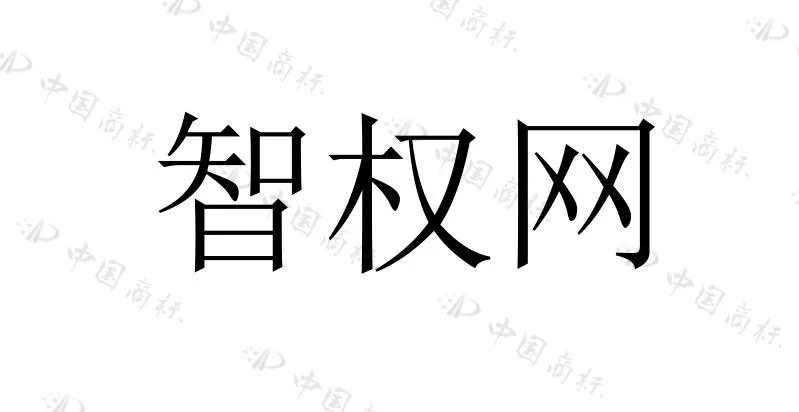Case Brief
As the trademark application of “智权网” of WEIPR was rejected, WEIPR filed a reexamination request to the China National Intellectual Property Administration (CNIPA). After arguing from multiple perspectives, CNIPA preliminarily approved the application for the trademark registration.

Case Analysis
What’s the grounds of reexamination request?
Firstly, the trademark intending for registration (hereafter referred as the intended trademark) and the cited trademark for which the intention was rejected (hereafter referred as the cited trademark) do not constitute similar trademarks, and there are obvious differences between the two trademarks in terms of meaning, overall appearance, and visual effect. In addition, the applicant has filed an application for cancellation of the cited trademark for three consecutive years of non-use of the cited trademark, and if the cited trademark is cancelled, it will no longer hinder the registration of the intended trademark.
Second, the intended trademark is the continuity of the registration of the trademark “捷诚智权” which was previously registered and used by the applicant. Using many years and extensive publicity and promotion, the trademark “捷诚智权” was widely known by the relevant public, and the trademark and the applicant has formed a one-to-one correspondent relationship. Based on the recognition of the prior trademark, the relevant public can recognize that the intended trademark originates from the applicant without causing confusion.
Comment
According to Article 10 of the Interpretation of the Supreme People’s Court on Several Issues Concerning the Application of Law to the Trial of Trademark Dispute Cases, the People's Court, based on the provisions of Article 52(1) of the Trademark Law, determines that identical or similar trademarks should be handled in accordance with the following principles: (1) the general attention of the relevant public shall be the criterion; (2) comparisons should be made between the trademarks as a whole as well as of the main parts of the trademarks, and the comparison should be carried out separately under the state of isolation of the objects of comparison; (iii) in determining whether the trademarks are similar, the distinctiveness and popularity of the trademark which intends for registration and protection should be taken into account.
Given the regulation cited above, to determine whether two trademarks are similar, both the overall and the main parts of the trademarks should be compared. The key to whether a trademark can be registered lies in whether the trademark is distinctive and differentiated as a whole, and whether it can serve to distinguish the sources of different goods. The determination of the similarity of the trademarks should not depend on only mechanical comparison of the constituent elements of the trademark or of each component separately, but also make an overall comparison and give a comprehensive judgement.
